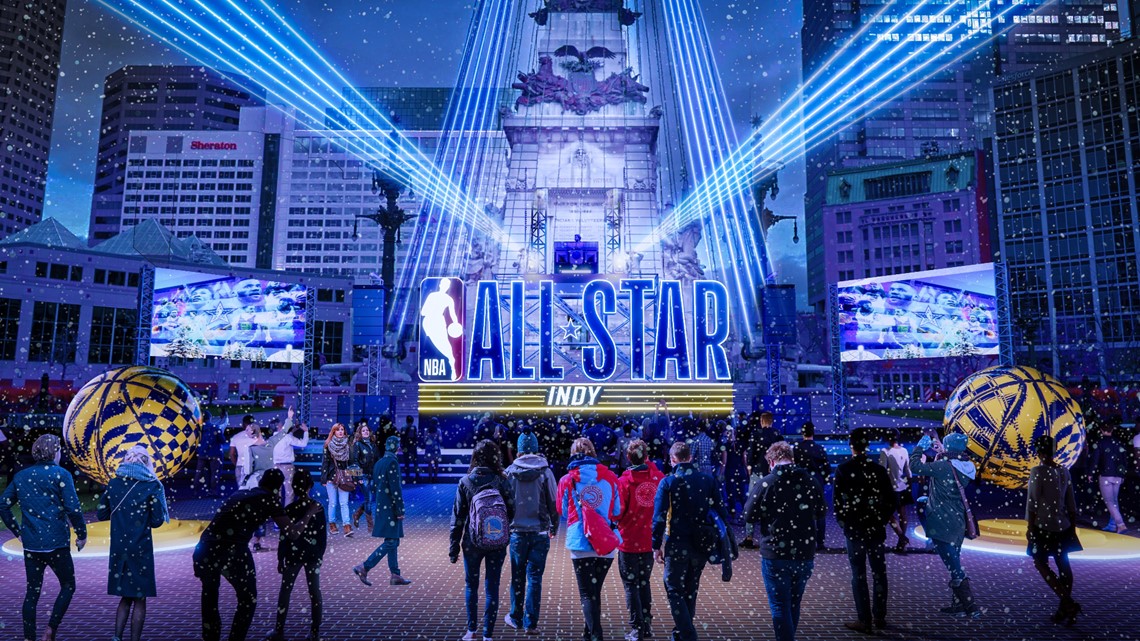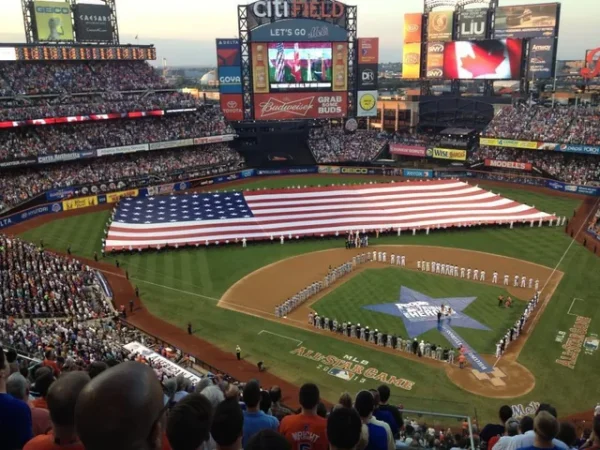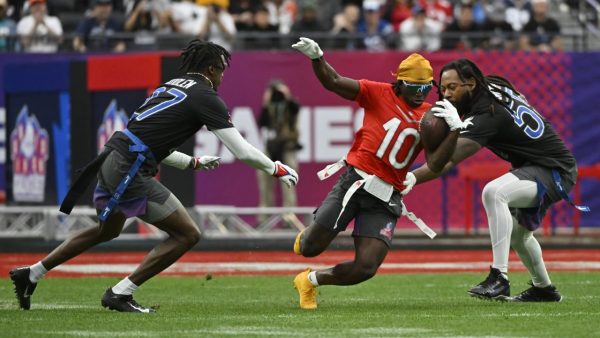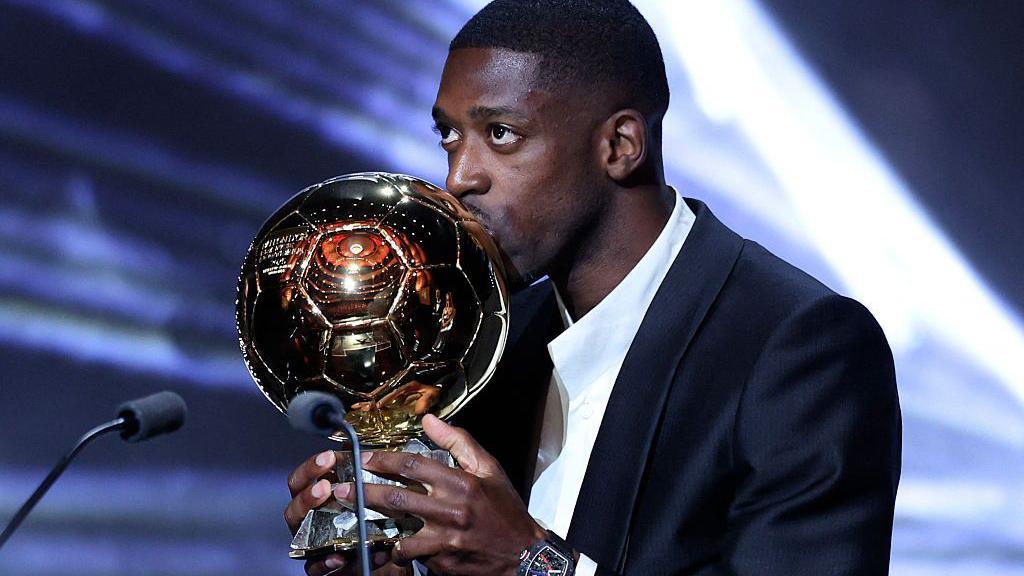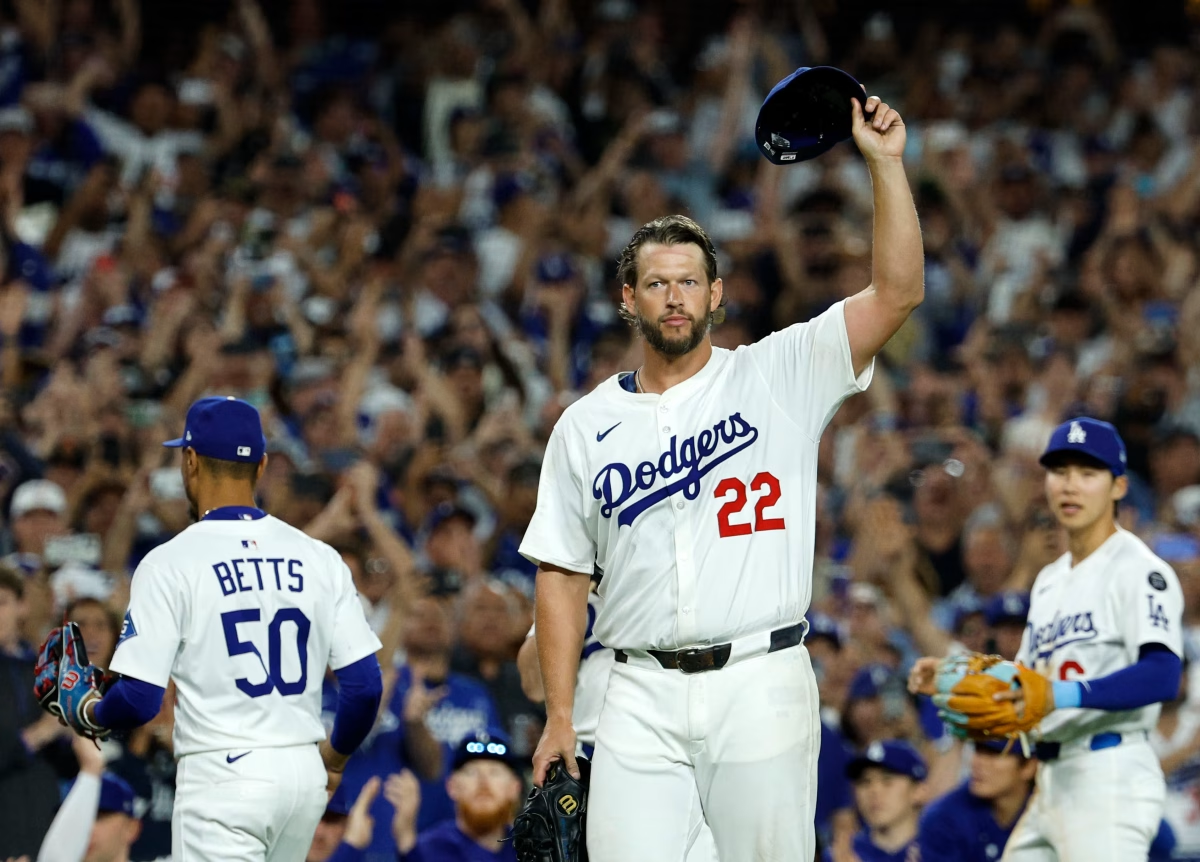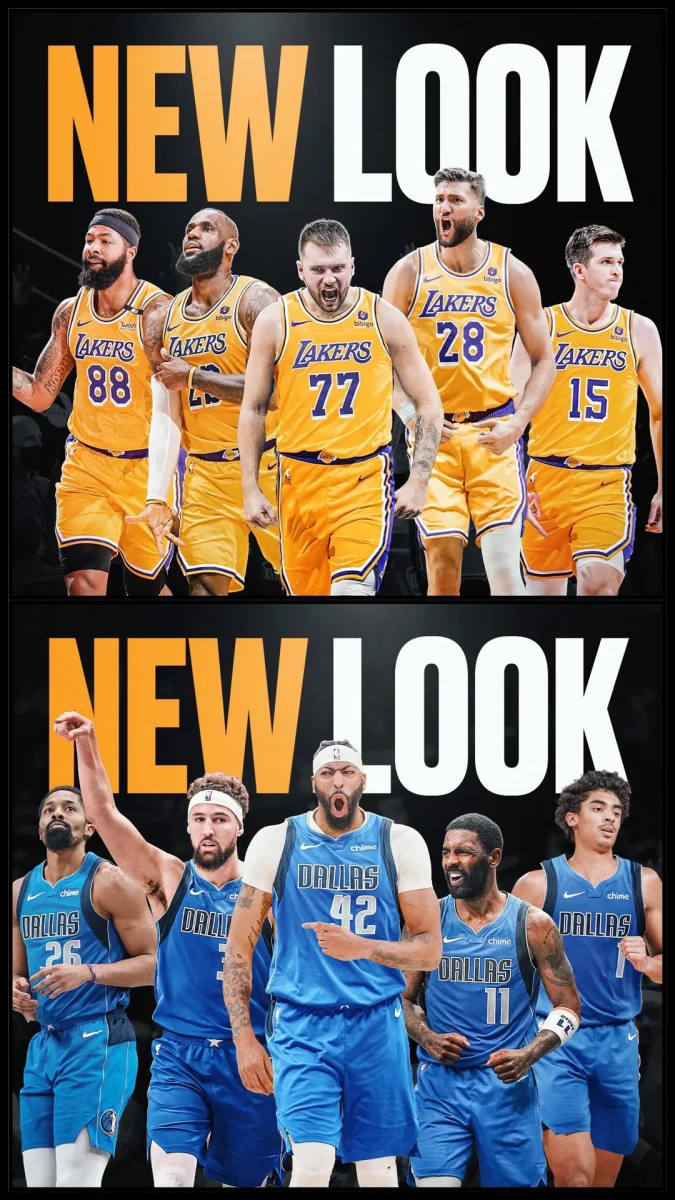Do you remember a time when all-star games had you sitting on your couch, full of anticipation to watch the best athletes compete at their peak? Did you maybe vote on the selection of players and argue with your friends if your favorite athletes didn’t make it? Professional sports all-star games, once a highlight of the sports calendar that drew fans eager to see the best athletes showcase their skills, are now losing their allure. In 2003, a remarkable 10.8 million NBA fans tuned in to watch the Western Conference prevail 155-145 over the Eastern Conference in a thrilling double-overtime showdown. The game is remembered for Kevin Garnett’s 37-point MVP performance, which marked the last all-star appearance of Michael Jordan’s historic career. Fast forward to 2024, only 5.5 million viewers watched the East triumph against the West 211-186. Many fans labeled the game as “disappointingly uncompetitive” with the lack of defense making it nearly unwatchable. As all-star games continue to drift from their roots, a growing number of fans are left wondering: if players aren’t willing to take these games seriously, at what point should they be significantly modified or even scrapped altogether?
The History Behind All-Star Weekends
The MLB organized the very first all-star game as a part of the 1933 World’s Fair in Chicago. Though it was initially intended to be a one-time event, its great success resulted in the game being played annually. For the MLB and NBA, all-star games mark a symbolic halfway point through the season, giving players a chance to recuperate physically and mentally for the rest of their games. The NFL Pro Bowl is played a week prior to the Super Bowl to add to the excitement and anticipation for the last game of the season. All-star showdowns were a must-watch from the 1970s to early 2000s. A potential factor for this is that sports fans didn’t have as many opportunities to watch nonlocal players compete as they do now. The way we consume television and sports today has radically shifted, giving viewers the option to buy services that allow them to watch whichever stars they like. Another major reason for the dropoff in the quality of play for all-star events is that the players are so well compensated that they couldn’t care less about the cash reward they’d get for winning. The bonuses players get for winning the game were much more significant in a time when many top-tier athletes made less than 1 million dollars per year. During the AFL-NFL merger, the games were highly competitive as the conferences truly disliked each other and met at the end of the year to play a full-contact game against their rivals. In our modern sports era, most players are friendly with each other off the field, making these events feel more like pickup games rather than intense competitions.
How are Leagues Fighting This Decline?
Professional sports leagues are well aware of the major flaws that have developed with these events and have begun experimenting with different ways to reignite interest. The MLB, NBA, and NFL have implemented skills challenges such as the Home Run Derby for baseball, the 3-point contest for basketball, and precision passing contests for football. In many cases, these competitions have proven to be more popular and engaging than the games themselves. They allow players to showcase their specific skills and athleticism without the injury risks of traditional games. The NFL drastically restructured the Pro Bowl in 2023, shifting to a non-contact approach by changing its format to a flag football game. Still, these changes to the Pro Bowl did not result in an increased audience in 2023 but instead led to a 7.5% decrease in viewership from the previous season. Despite these efforts, many fans will still refuse to watch until they believe that players put more effort into the games. The question remains as leagues continue to experiment: Are these efforts enough to recapture interest in all-star games, or have these competitions run their course?

